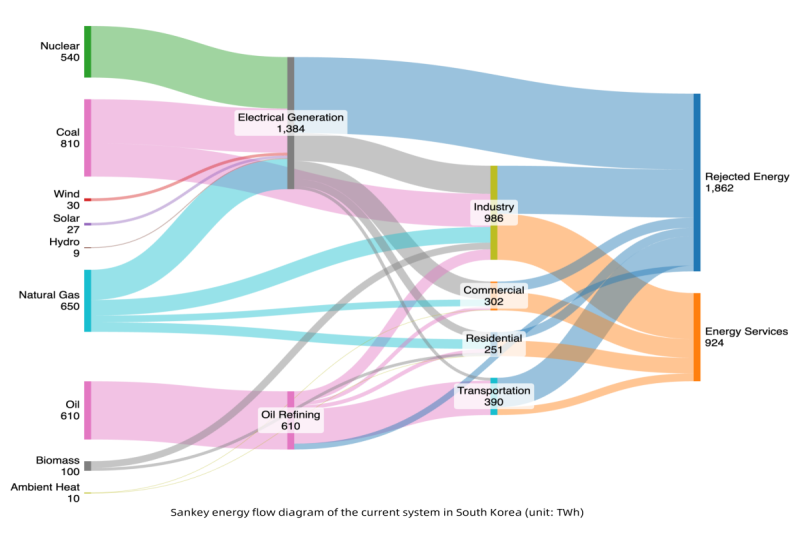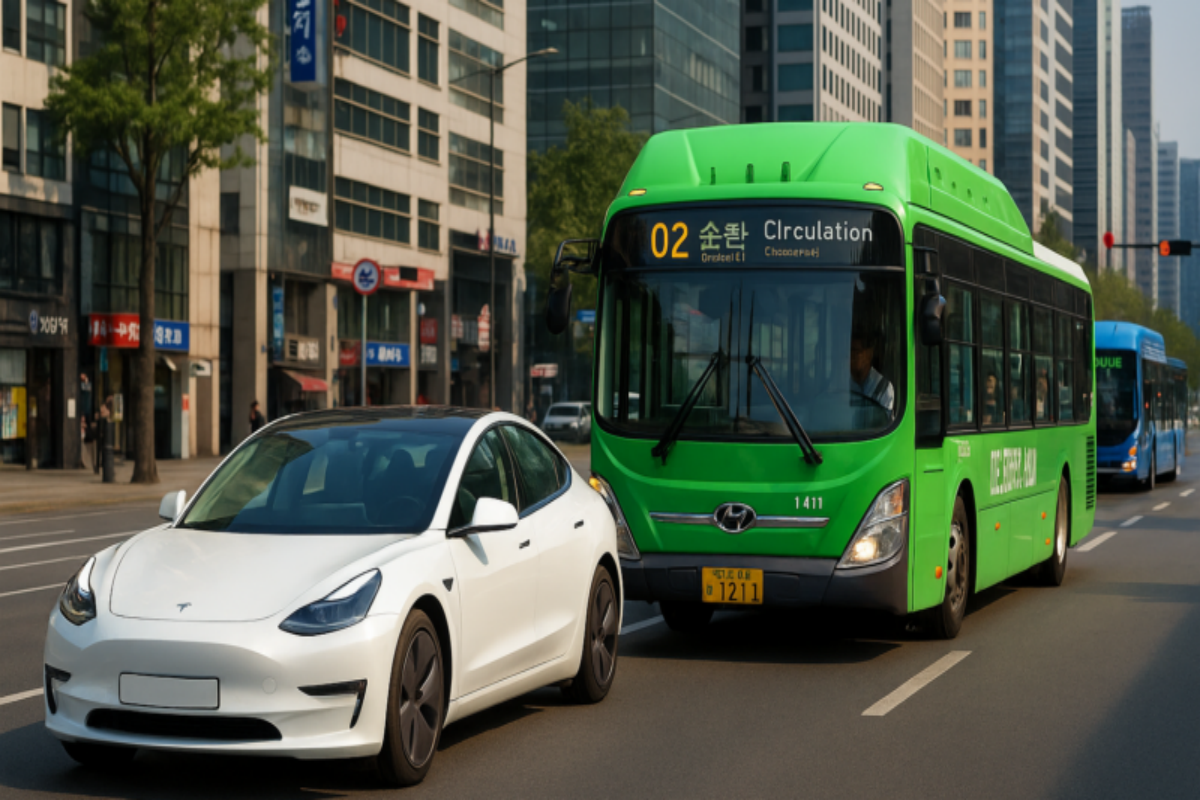South Korea’s renewable energy sector is booming
A New Strategy: Responding to the Energy Security Crisis
The South Korea’s renewable energy sector is booming reflects that it was undergoing an energy revolution. It is based on economic logic, not ideology. To this end, the government adopted a three-track strategy. It expands renewables and maintains nuclear power. It also accelerates the phasing out of coal. This plan addresses a key national security weakness. The country imports over 90% of its fossil fuels. This shift is a direct response to the 2022 energy crisis. Soaring oil prices then hurt Korea’s economy. This highlighted the immense risks of import dependency.
A Multi-pronged Approach: Reshaping Industry and Energy Structure
Under this strategy, the transformation is evident. First, on the industrial front, Ulsan Port’s change is striking. Wind equipment vessels are gradually replacing supertankers. In parallel, Korean shipbuilding giants are pivoting to new markets. They now produce wind power equipment for new growth. In addition, Seoul’s downtown rooftops are now covered. They feature efficient thin-film solar panels. On a technical level, upgrading the power system is critical. KEPCO now uses quantum computers for grid dispatch. In the energy mix, nuclear power plays a delicate role. The government will keep its existing reactors running. This decision ensures stable baseload power. In contrast, its stance on hydrogen is controversial. But the government chose to focus on electrification. Data proved that EVs are simply more efficient.

Dual Dividends: Improving Livelihoods and Economic Growth
These changes have delivered tangible, dual dividends. In terms of public welfare, the transformation affects daily life. For instance, ground-source heat pumps replaced gas boilers. This simple change cut winter heating costs by 60%. Meanwhile, highway charging station density has doubled. These incremental changes reduced household energy spending. On the economic front, the results are equally exciting. The wind power industry alone created 83 listed firms. More importantly, energy import dependency reached a turning point. It fell from 93.7% in 2023 to 91.3% in 2024.
Challenges and Vision: A Middle Path to Follow
However,the South Korea’s renewable energy sector is booming still faces numerous challenges. The grid overhaul requires massive investment. Phasing out coal plants also affects many jobs. But in the face of these difficulties, Korea chose a unique path. It is therefore pursuing gradual reform based on cost-benefit analysis. Moreover, as a Seoul University professor noted, Korea’s experience is highly valuable. In fact, its unique path offers important lessons for other industrial nations. Ultimately, every gain in energy self-sufficiency is significant, and consequently, it directly boosts South Korea’s strategic autonomy.

